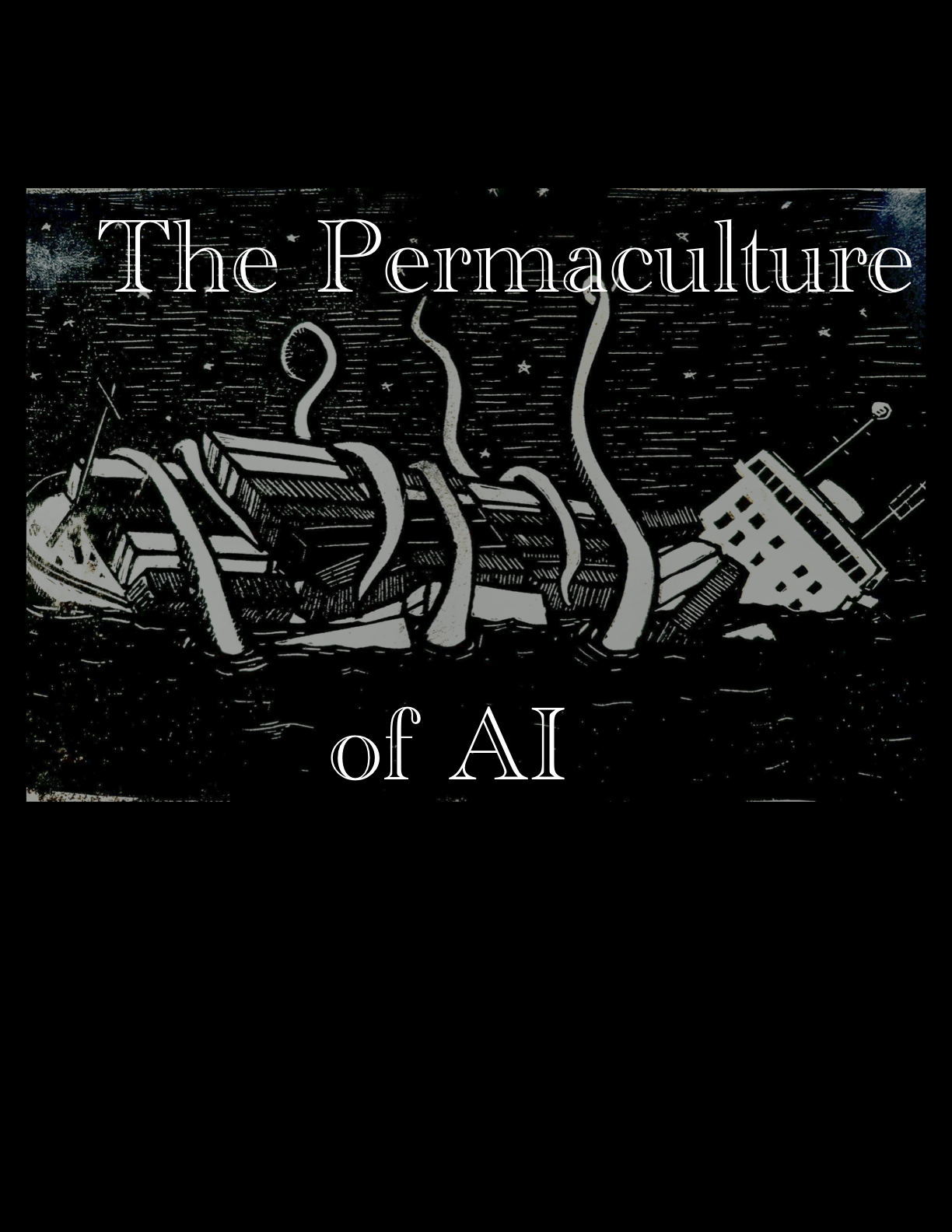Non-permaculture people trying to define it will often say, ‘oh you do sustainable gardening.’ A more accurate lens is perhaps how indigenous people might describe it as, ‘pan-indigenous economics applied to diaspora communities.’
And maybe even ‘a fantastic framework for imagining the bioregionalization of commodity modernism’
We don’t necessarily need AI to reimagine complex supply chains being reborn as culturally and ecologically reciprocal within the bioregions of their respective provenance, but coordinating and validating trade networks along these lines could certainly exponentialize with the help of AI. The main roadblock here is the gargantuan inertia of hyper-extractive and commodified supply chains that current AI models, and their financiers, are trained on.
If a global network of bioregionally visionary supply chains positioned itself to displace existing supply chains that are financially tethered to the owners of AI, well it wouldn’t be at all surprising if the search algorithms started injecting algorithmic bias to defend their supply chain monopolies.
It appears we are at a juncture right now where we can still leverage AI to surgically excise the tumors of degenerate commodities, but we must anticipate a thought control reaction.
Many permies will probably argue for a post-AI neo-primitivism which we absolutely need, at least as a stabilizing artifact of sanity in this increasingly destabilizing cultural atmosphere, but this tack may be impotent in capturing the material aspirations of the projected 8 billion people leaving the farm life for jobs in cities.
Like the pre-enshittified internet, (run, dont walk, and read Cory Doctorow) a pre-enshittified AI could grok and facilitate the rapid deployment of a regenerative global economy.
The trillion dollar question: can a permaculture and allied philosophies underpin the deployment of bioregionally meshed LLM’s that can be disconnected from thought control manipulations of a top down architecture? Absolutely yes, but the permies and the hackers have to get together and build trust networks, interpersonal and inter-technical, that are unhackable.
Now put your feet on soil and start vibing.
